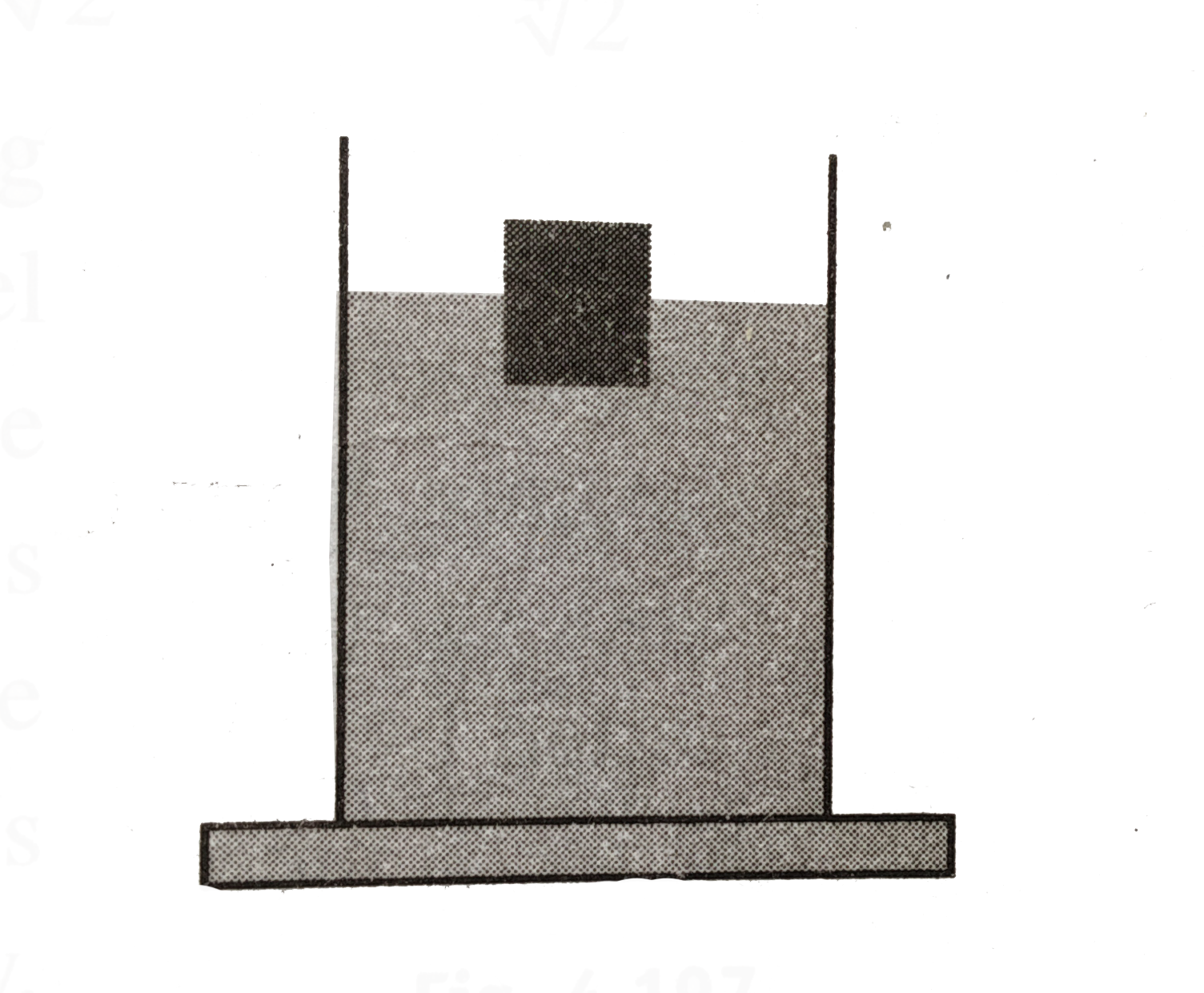Which one is partially submerged and fixed in mud
Marsilea
Cyperus
Eichhornia
Typha.
The correct Answer is:D
Step by step video, text & image solution for Which one is partially submerged and fixed in mud by Biology experts to help you in doubts & scoring excellent marks in Class 12 exams.
Updated on:21/07/2023Topper's Solved these Questions
- ORGANISMS AND THE ENVIRONMENTBOOK - DINESH PUBLICATIONCHAPTER - ORGANISMS AND THE ENVIRONMENTEXERCISE - CYG
17 Videos
- ORGANISMS AND THE ENVIRONMENTBOOK - DINESH PUBLICATIONCHAPTER - ORGANISMS AND THE ENVIRONMENTEXERCISE - CYG
17 Videos
- NO IDEABOOK - DINESH PUBLICATIONCHAPTER - NO IDEAEXERCISE - Brain Teasers
37 Videos
- ORIGIN OF LIFE BOOK - DINESH PUBLICATIONCHAPTER - ORIGIN OF LIFE EXERCISE - All Questions
197 Videos
Similar Questions
Knowledge Check
The buoyant force exerted on an object fully or partially submerged in a fluid medium ( gas or liquid ) is equal to the weight of the fluid that the body displaces.” This principle is :
ANewton’s Second Law of MotionBBoyle's LawCArchimedes’ PrincipleDCharles’ PrincipleWhich one swallows mud
AAmphioxusBSea SquirtCTongue WormDAsymmetronA pair of thin plates partially submerged in water. The distance between the plates is d and their width is l. Assuming that the water between the plates does not reach the upper edges of the plates and that the wetting is complete, find the force of their mutual attraction.
AF=2T2lρgd2BF=4Tl2ρgd2CF=2T2lρgdDF=8T2lρgd2
A cylindrical block is floating (partially submerged) in a vessel containing water. Initially, the platform on which the vessel is mounted is at rest. Now the platform along with the vessel is allowed to fall freely under gravity. As a result, the buoyancy force

View SolutionWhich one is a fixed larva ?
View SolutionWhich of the partial pressure are equal ?
View SolutionWhich one is a symbiotic nitrogen fixing plant ?
View SolutionStatement-1: Leaves and small insects float on the surface of water buoyed up by archimede's principle
Statement-2: They are not partially submerged. The object are kept afloat by surface tension.
View Solution
